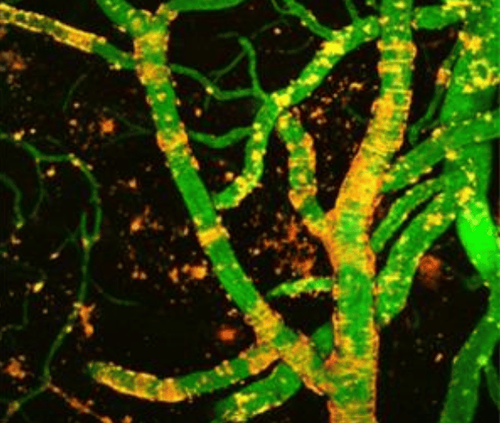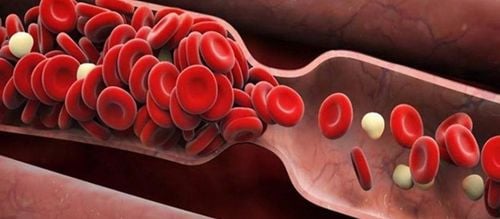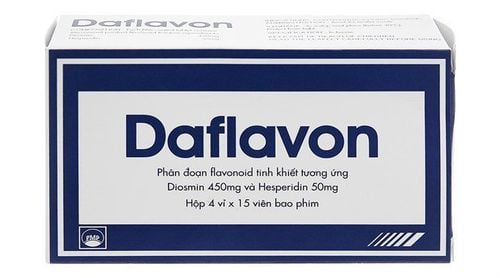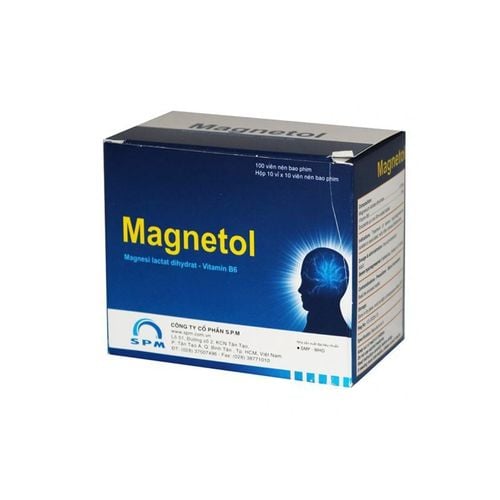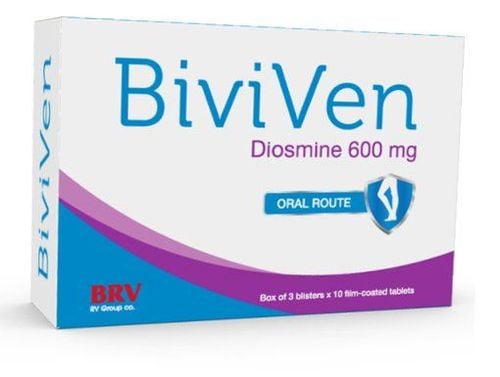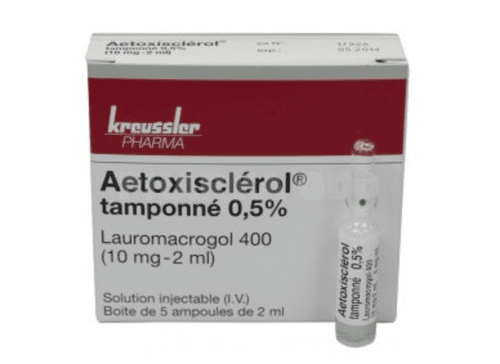This is an automatically translated article.
If on a beautiful day you suddenly see a few squiggly lines under the skin on your feet, purple, pink or blue visible to the naked eye... then you are most likely one of the cases that has been and have varicose veins in the legs. You may not have experienced any serious discomfort with your varicose veins, but cosmetically, those squiggly lines really aren't pretty. So how to get rid of it, and if fortunately, it is only a temporary sign, is there any way to prevent it?Video content is professionally consulted by BSCKI.BSNT Le Duc Hiep, Internal Medicine and Cardiovascular Interventionist, Vinmec Times City International Hospital
1. Learn about chronic venous insufficiency
Chronic venous insufficiency is a common condition due to venous backflow of blood, causing varicose veins (d greater than 3 mm), reticuloform veins (d = 1-3 mm), and venous varices. spider (d is less than 1mm).Based on anatomical location, the disease is divided into 4 different groups:
Superficial veins Deep veins Peripheral veins Unspecified vein location Varicose veins of the legs, also known as varicose veins of the lower extremities can be seen It is a must in any age, but among the cases, superficial varicose veins are still the most common.
There are no specific statistics for the age of the disease, however, varicose veins of the legs may appear most in the elderly, overweight people, workers with characteristics having to stand for a long time or pregnant female.
Compared to men, women have a much higher risk of developing varicose veins – accounting for up to 70% of cases.
2. What causes varicose veins in the legs?
Veins have the main function of transporting blood from the periphery to the heart, in addition, veins in low positions such as the lower extremities must also resist the resistance of the body's gravity, so when injured, it leads to Excessively dilated, leg veins can swell, stretch, create blood clots floating on the surface of the skin. These thrombus, also known as blood clots, have the ability to travel through blood vessels to other organs in the body, causing blockages, especially if they reach the lungs, heart, or brain, thereby dilating the veins. Cardiovascular disease is also considered by many doctors to be related to cardiovascular diseases.There are many causes that can affect the veins, leading to varicose veins, according to the doctor... there may be the following causes:
Genetic factors Gender Occupation Body weight Use Birth control pills are also a risk factor.
Infections, tumors, complications after surgery with thrombosis, vasculitis and other procedures such as casting or lying immobile for a long time in fractures... can also lead to varicose veins. .
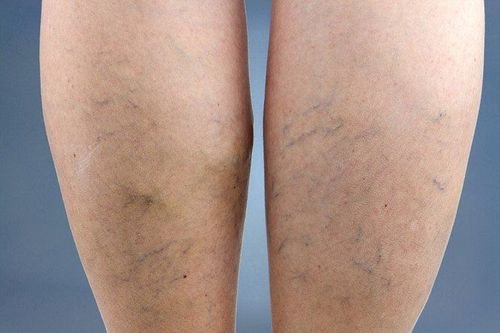
Giãn tĩnh mạch chân và nguyên nhân chủ yếu gây nên bệnh lý
3. Signs of leg varicose veins are easy to recognize
Varicose veins can be seen with the naked eye. Usually the disease will have the simplest manifestation from the appearance of lines like blood vessels under the surface of the skin. At first, these veins do not cause any discomfort, so patients often do not pay attention to them.As the disease progresses, the veins may become more and more prominent, turning pinkish purple or blue, and rising above the surface of the skin. Patients may also begin to feel tightness in the area of varicose veins, if standing for too long can cause mild pain or easy cramps at many times of the day.
Finally, when the disease has progressed seriously, varicose veins will cause swelling, bruising, large lumps under the skin, causing pain and affecting daily activities.
Because the disease usually progresses quite silently, it is usually only when severe symptoms appear that the patient goes to the doctor. At this point, treatment can be much more expensive than in the early stages of the disease.
4. What to do to prevent varicose veins?
Based on the causes of varicose veins in the legs, you can find the appropriate prevention method.For women, it is advisable to limit wearing high heels and standing on high heels for too long. Avoid wearing tight pants that damage the peripheral vascular wall. Women during pregnancy should exercise gently to increase blood circulation, rest their legs while sleeping to avoid causing varicose veins.
In case workers are forced to stand for a long time, they should actively change their posture or perform foot shrugs to increase blood circulation in the leg area.
Besides, you should also have a lifestyle, exercise and eat a healthy, healthy diet to improve your health.
In addition, you can also apply some exercises to prevent and support the treatment of varicose veins of the legs.
Currently, Vinmec International General Hospital treats varicose veins for patients with a scientific treatment regimen and the support of modern equipment, a team of highly qualified cardiologists who have been trained. and issue technical performance certificates. Hybrid operating room is equipped with advanced equipment such as DSA angiography machine, anesthesia machine with the most closely integrated patient hemodynamic monitoring software (PiCCO system, entropy,...). Therefore, Vinmec promises to be able to meet the requirements of surgery and angioplasty, coronary stenting, aortic stent grafting, open heart surgery, heart valve replacement for congenital heart diseases with modern techniques that are minimally invasive. most invasive, safe, help patients recover health soon.
Please dial HOTLINE for more information or register for an appointment HERE. Download MyVinmec app to make appointments faster and to manage your bookings easily.




